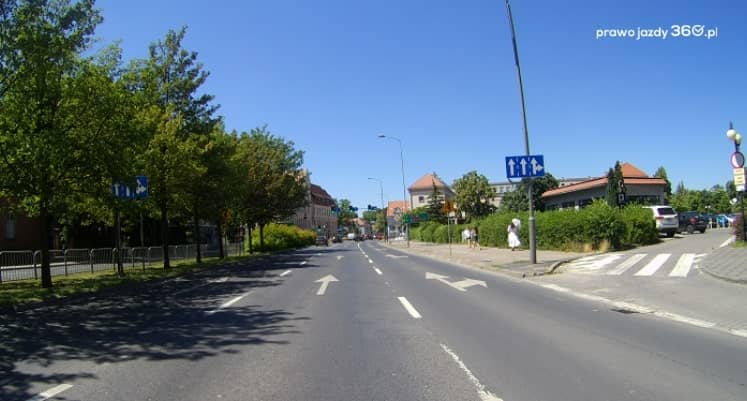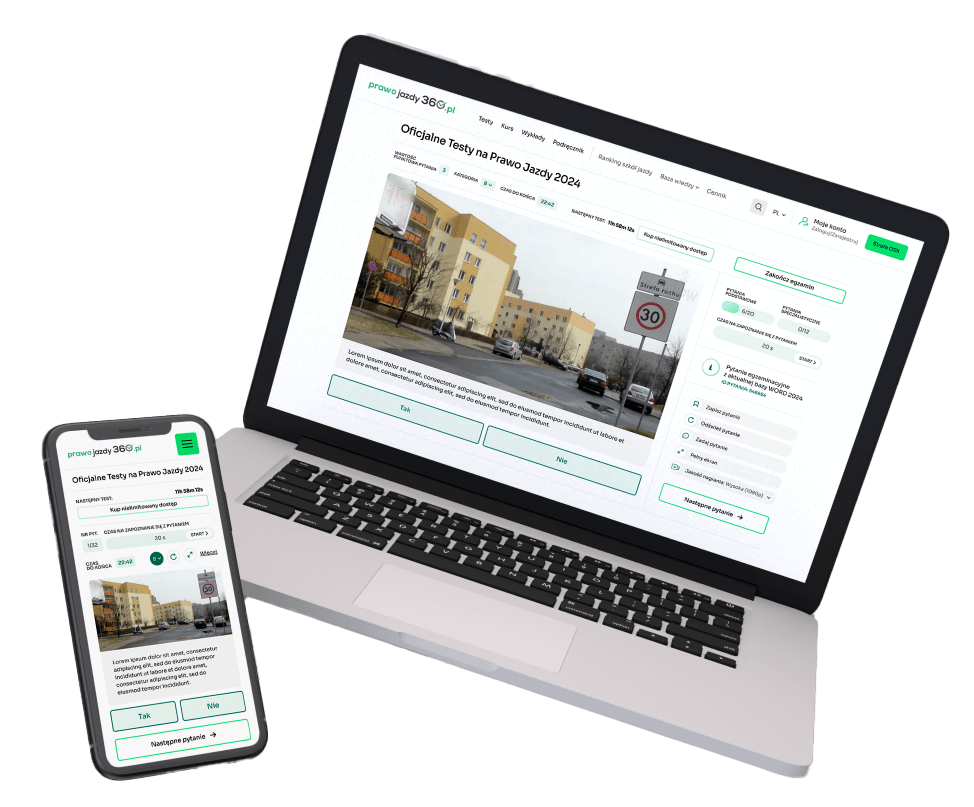The regulations regarding changing driving direction are very short and general, which requires compliance with them and adaptation to the current situation, while maintaining common sense.
Referring to the Road Traffic Code, "The vehicle driver is obliged to indicate in advance and clearly his intention to change the driving direction or lane and to stop signaling immediately after the maneuver."
A change of direction occurs when you turn onto a different road or carriageway at or outside an intersection. You can change the direction of travel only if you exercise particular caution and signal your intention to change in advance with an appropriate turn signal. When changing lanes, each driver is obliged to carefully check whether the maneuver performed will not result in cutting into the road of another road participant or will not threaten the safety of pedestrians on the road.
A driver who intends to change direction must:
- approach the right edge of the road if he or she intends to turn right,
- approach the left edge of the road if you intend to turn left from a one-way road,
- approach the center of the road if you intend to turn left from a two-way road.
If traffic lanes are designated, the vehicle driver must occupy the lane consistent with the direction of further travel.

Change lane
Changing lanes is a change in the position of the vehicle in relation to the edge or center line of the road, but while remaining on the same road. Be especially careful when changing lanes.
The driver of a vehicle intending to change lanes outside the intersection should give way to the vehicle driving in the lane he wants to enter (the exception to this rule are the regulations regarding zipper driving) and the vehicle entering this lane from right side.





